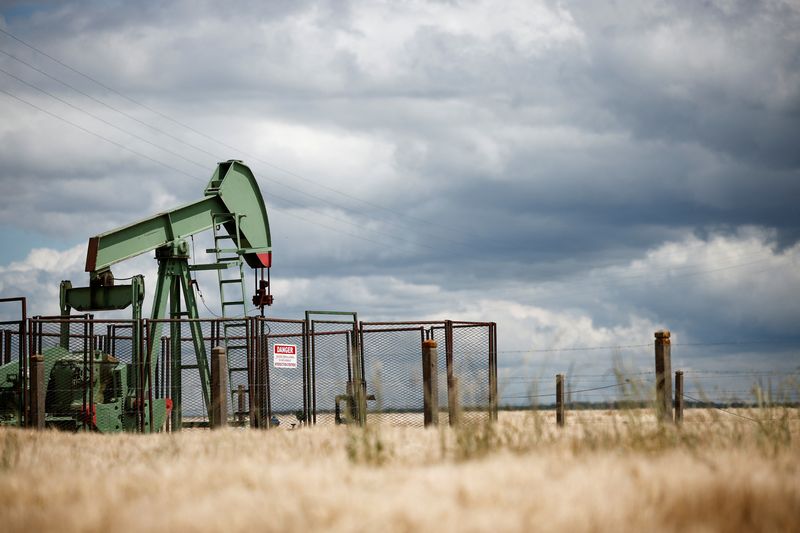
Oil prices extended strong gains in Asian trading on Thursday, driven by supply disruption concerns after the U.S. imposed new sanctions on Iran’s oil exports, while investors assessed data showing a higher-than-expected rise in U.S. crude inventories.
As of 21:35 ET (01:35 GMT), Brent Oil Futures expiring in June rose 0.4% to $66.10 per barrel, while West Texas Intermediate (WTI) crude futures gained 0.5% to $62.13 per barrel.
Both contracts settled over 2% higher on Wednesday, hitting two-week highs after a recent decline in prices.
President Donald Trump’s administration escalated its sanctions against Iran’s oil sector by targeting Chinese entities, including a “teapot” refinery in Shandong province.
A “teapot refinery” is an industry nickname for small, independent oil refineries, primarily found in China.
These measures are part of President Donald Trump’s renewed “maximum pressure” campaign aimed at reducing Iran’s oil exports to zero and curbing its nuclear ambitions. The sanctions also target several companies and vessels facilitating Iranian oil transport through a so-called “shadow fleet.”
The U.S. actions coincide with ongoing nuclear negotiations between the U.S. and Iran, with recent talks held in Oman and upcoming discussions scheduled for Rome.
Meanwhile, sentiment improved earlier Wednesday after Bloomberg reported that China is open to restarting trade talks with the Trump administration, but is seeking more respect from Washington.
China wants a more consistent U.S. trade stance and discussions on issues like sanctions and Taiwan, the report added.
The U.S. Energy Information Administration (EIA) on Wednesday reported that crude oil inventories increased by 515,000 barrels for the week ending April 11, bringing total stockpiles to 442.9 million barrels.
This marked the third consecutive weekly build, slightly exceeding analysts’ expectations of a 507,000-barrel rise.
In contrast, gasoline inventories declined by 2 million barrels to 234 million barrels, while distillate stockpiles, including diesel and heating oil, fell by 1.9 million barrels to 109.2 million barrels—the lowest since November 2023.
While the increase in crude stockpiles signals a potential buildup in supply, stronger-than-expected draws in gasoline and distillate inventories point to resilient demand for refined products.